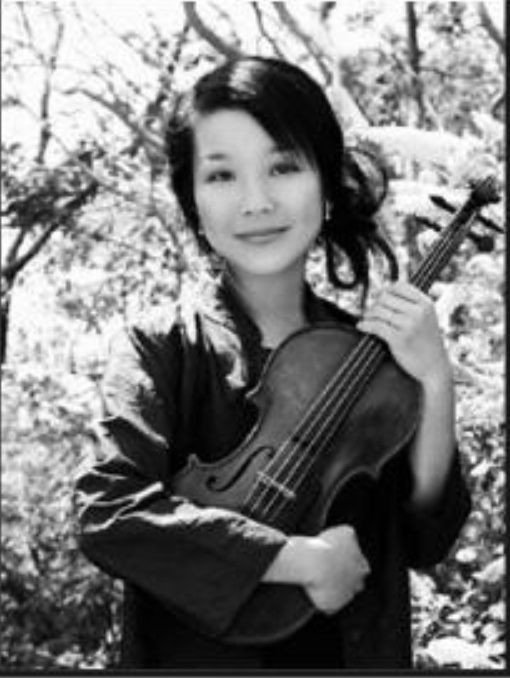by Kevin McLaughlin

The concert opened with Mexican composer Manuel Ponce’s Sonatina Meridional (“Southern Sonatina”), written to sound Spanish at the behest of Andrés Segovia. Vieaux brought out the linear elegance of the first movement, called “Campo” by Segovia, and the right amount of Iberian swing. So convincing was his ability to change color, you might have thought he had changed instruments if you weren’t looking — the low-register “pizzicato” passages, for example, sounded like an electric bass. The following two movements, “Copla” and “Fiesta,” were artfully done, too, with Segovia-like virtues: a multitude of colors, subtle dynamics, and long arcs of phrasing.
J.S. Bach’s Fourth Lute Suite in E, BWV 1006a was next, a plausible transcription beautifully played — but was it originally a lute piece or a violin partita? Then again, who cares? The program notes rightly pointed out that Bach freely transcribed his own works “to meet a conveyor belt of demand,” so when guitarists take it up, especially a player of Vieaux’s caliber, the result seems so utterly convincing that questions of authenticity retreat to the background.
Vieaux chose tempos judiciously to illuminate the piece’s contrapuntal lines, and his ability to vary his sound between phrases served him well. Admirable, too, is the taste and transparency he brings to ornamentation, making cadence points graceful and supplying extra zip to dance movements.

In Vivian Fung’s Twist, three different musical traditions are invited in, played with, and then gleefully distorted. The players disguised nothing of their enjoyment.
“Twisted Prelude” opened with Baroque civility as the players furnished Alberti figuration and “bariolage technique” (alternating open string and fretted sounds, or what bluegrass players call “cross fingering”) before separating and then accelerating into oblivion. “Twisted Pipa” invoked the Chinese musical instrument and its tradition of quavering pizzicatos, before mixing in guitar “swoops” and violin harmonics. And the third movement (“Twisted Jam”) let the players loose with Django Reinhardt-Stéphane Grappelli abandon, percussive slaps, and a rowdy conclusion worthy of a Metallica concert.
In their warm, melodically forward reading of Schubert’s Arpeggione Sonata, Sato and Vieaux temporarily turned Mixon Hall into a 19th-century Viennese salon. Vieaux’s opening strains seemed to come out of yet another guitar — conscious of his accompaniment role, he emitted a duskier sound and turned his chair slightly, allowing Sato to take the spotlight.
The six-stringed guitar-cello-gamba hybrid for which the piece was written in 1824 existed for about five minutes in the real world, and the solo part is more often played on the modern cello or other middle-voiced instruments. Sato played the solo part with a melting lyricism. The Adagio was lyrical and lullaby-like in its sweeping crescendos and graceful cadences. And the third movement showed off Sato’s secure technique and both players’ ability to pace themselves for the big finish.
A standing ovation brought an encore — the duo’s lovely rendition of the Bach/Gounod Ave Maria.
Published on ClevelandClassical.com June 12, 2024.
Click here for a printable copy of this article



